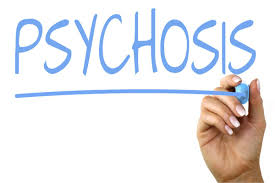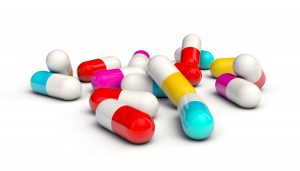Psychotic-type symptoms may be observed following brain injury. They may occur in association with confusion arising in the period of Post Traumatic Amnesia (PTA). Frequently patients may appear paranoid and suspicious during this period and this can lead to anxiety, distress and agitation.
Management of agitation during PTA is described in the section titled Agitation in the Acute Phase after Brain Injury. Management should focus on addressing all contributory factors. For example, an orientation programme should be used to reduce confusion.
Beyond the early stages of recovery after brain injury, diagnosis of a psychotic disorder will require careful assessment. Paranoid-type misinterpretation of events and surroundings may occur as a result of cognitive, communicative and/or perceptual impairments. This clinical presentation may appear similar to psychosis however the symptoms may not be alleviated by antipsychotic medication.
 Where a diagnosis of a psychotic disorder has been made it should be treated with the lowest effective dose of the best tolerated antipsychotic medication. Commonly used antipsychotic medications include Olanzapine, Risperidone, and Quetiapine.
Where a diagnosis of a psychotic disorder has been made it should be treated with the lowest effective dose of the best tolerated antipsychotic medication. Commonly used antipsychotic medications include Olanzapine, Risperidone, and Quetiapine.
Antipsychotic medications (even at low doses) are frequently associated with side effects. These drugs should be used with extreme caution; they may cause prolongation of the QTc interval on ECG, with risk of fatal ventricular tachyarrythmias.
Please refer to the British National Formulary (BNF) for contraindications and adverse effects before prescribing.